Results 1 to 1 of 1
Thread Information
Users Browsing this Thread
There are currently 1 users browsing this thread. (0 members and 1 guests)
-
06-14-2013, 01:42 PM #1
The rising and sinking threats to our cities
Smart Planet | 13 June 2013
The rising and sinking threats to our cities
Gaia Vince
About the authorGaia is a science writer and broadcaster who is particularly interested in how humans are transforming planet Earth and the impacts our changes are having on societies and on other species. She has visited people and places around the world in a quest to understand how we are adapting to environmental change. You can follow her adventures at www.WanderingGaia.com and on Twitter at @WanderingGaia.
Navigation
Rising threat Over 3 billion people live in coastal city areas that are at risk of rising sea levels and other consequences of global warming. (Copyright: Getty Images) Life support Cities formed around water to support living, but the downside of irrigation and industry needs is that some major cities are now sinking into the oceans. (Copyright: Thinkstock) High-rise demands The urban construction boom is causing flooding and erosion, as sand is mined and rivers are dredged to provide building materials. (Copyright: Thinkstock) Flood risk According to a study published last year, Shanghai is the most vulnerable major city to serious flooding in the world. (Copyright: Thinkstock) Storm warning More than half of the population of America’s coastal cities live below the high-tide mark. (Copyright: Getty Images) Super storm During Hurricane Sandy in 2012, as many as 100,000 extra people were thought to be at risk of flooding for every foot of water in New York City. (Copyright: Getty Images) From the depths Some countries are reclaiming land from the sea. The Palm Islands are an artificial archipelago in Dubai, off the coast in the Persian Gulf. (Copyright: Getty Images) On the rise The Netherlands are old masters of reclaiming land from the sea, as can be seen in their polder town Almere. (Copyright: Getty Images) Defence tactics Cities are investing in new sea walls or high-tide gates to stem the threat, like the Thames Barrier in London. (Copyright: Getty Images) Ghost town Nature has wiped out cities before. Pompeii was destroyed and buried under ash and pumice from the eruption of Mount Vesuvius in 79 AD. (Copyright: Getty Images)
Shanghai is the most vulnerable major city in the world to serious flooding, a study suggests.
Half of us now live in cities - the concrete, steel and glass landscapes that make up the world’s great urban sprawls. Our cities have spread and replaced wild lands, and they roar and blaze with the energy from fossil fuels. They’re colossal – sometimes magnificent – and they are growing ever bigger and more numerous in the Anthropocene, as humans carry out the greatest ever urban migration.
But on a geological timescale, cities, like all human constructs, are likely to be temporary. Many won’t survive the changes humanity is wreaking on the planet, let alone natural upheavals.
Historically, cities were built in fertile river valleys and at river mouths. Agricultural run-offs of sediment, water and nutrients created rich coastal deltas that could support greater food production. This and the good maritime and river connections for trade and transport made these ideal places to live. But as populations grew, rivers were tapped and diverted for irrigation, industry and canal transport. They were also trapped behind dams and reservoirs for energy and water storage, and depleted by droughts and other extractions.
Sediments are therefore no longer flushing downstream in the quantities needed to maintain deltas against the relentless erosion of the oceans. Meanwhile groundwater is increasingly being extracted from beneath cities, and sea levels are rising because of the run-off from the melting of glaciers and thermal expansion of the oceans. As a result of these changes, many major cities are slowly sinking into the oceans.
Our rapid industrialisation over the past century has sped these processes, so that now, many urban centres face inundation by storm surges, and we stand to lose many of the most economically important parts of our planet. Cities from Bangkok to New York have experienced emergency flood conditions, and many more are to follow – those most at risk include Mumbai, Guangzhou, Shanghai, Miami, Ho Chi Minh City, Calcutta, New York City, Osaka-Kibe, Alexandria and New Orleans.
More than 3 billion people live in coastal areas at risk of global warming impacts such as rising sea levels – a number expected to rise to 6 billion by 2025. Sea-level rise due to climate change has already doubled the risk of extreme flood events in coastal cities, and the greater population of Anthropocene cities only puts more lives at risk. For example, a study shows that during Hurricane Sandy in 2012, as many as 100,000 extra people were at risk of flooding for every foot of water in New York. More than half of the population of America’s coastal cities live below the high-tide mark.
In the Netherlands, some 50 million cubic metres (1.7 billion cubic feet) of sediment has to be dredged from inland water channels or the sea every year to help maintain current shorelines. Globally, the urban construction boom is causing flooding, erosion and loss in water and soil quality elsewhere, as sand is mined and rivers are dredged to provide building materials for the new cities.
Located on the Yangtze River delta, Shanghai (which means ‘above the sea’, is particularly vulnerable to flooding as groundwater extractions and sea-level rise hasten the sinking of its massive high rise buildings into the East China Sea. Parts of the city have sunk three metres. In response, the authorities have begun pumping 60,000 tonnes of water a year back into wells to reduce the subsidence, built hundreds of kilometres of levees and are planning an emergency floodgate on the river’s estuary to protect the nation’s most prosperous city and its 20 million inhabitants. Mexico City is suffering a similar fate, with parts of the city subsiding 9 metres (30 feet) since 1910 through over-pumping of groundwater.
Life is becoming more and more unbearable in many areas of flood-prone cities, such as Ho Chi Minh City, where high tides can cause floods for as many as 10 days per month. Sandbags are often ineffective because the water comes up into the house through the sewage systems.
What’s the solution? Some cities are investing in new sea walls, dykes and polders, or high-tide gates – like London’s Thames Barrier – to hold back high waters. In poorer places, people simply endure the problem until they are forced to abandon their homes.
Insurance is already a big problem in many coastal cities. The US government had to underwrite policies for residents of New Orleans after their city was inundated in the aftermath of Hurricane Katrina. But that is a costly and, many would say, doomed enterprise. Coastal cities around the world will likely have to be abandoned and relocated as the cost of saving lives and repairing infrastructure becomes too great. Even important port cities, like New Orleans on the banks of the mighty Mississippi will eventually become unliveable. And these abandoned cities will leave their marks in the sedimentary layers forming all the time, to be discovered like mythical Atlantises by divers of the far future.
The coastal cities with the best chances of being preserved for posterity are those built on parts of the Earth’s crust that are being pulled ever so slowly downwards by the movement of tectonic plates, such as London. Cities drowned and then buried in silty blankets will persist in a petrified form. The subways and sewage pipes will perhaps resemble the traces left by some giant burrowing creature, and the deep foundation piles of high-rises will linger as uncharacteristic stripes in the layers of a future cliff. Little will remain of cities built in deserts, such as Las Vegas and Lima, those built at altitude, such as La Paz, and those exposed to violent destruction from cyclones, volcanoes or earthquakes, like Kathmandu.
These seemingly permanent symbols of our species’ great civilisations are as vulnerable as we are to the ravages of time, and to humanity’s destructive practices. Our industrial pollution is impacting the man-made world as surely as it is affecting the natural world. Millions of years from now, there may be few signs of the mighty cities that have transformed our planet.
If you would like to comment on this story or anything else you have seen on Future, head over to our Facebook page or message us on Twitter
http://www.bbc.com/future/story/20130613-the-rising-threat-to-our-cities
NO AMNESTY
Don't reward the criminal actions of millions of illegal aliens by giving them citizenship.
Sign in and post comments here.
Please support our fight against illegal immigration by joining ALIPAC's email alerts here https://eepurl.com/cktGTn


 LinkBack URL
LinkBack URL About LinkBacks
About LinkBacks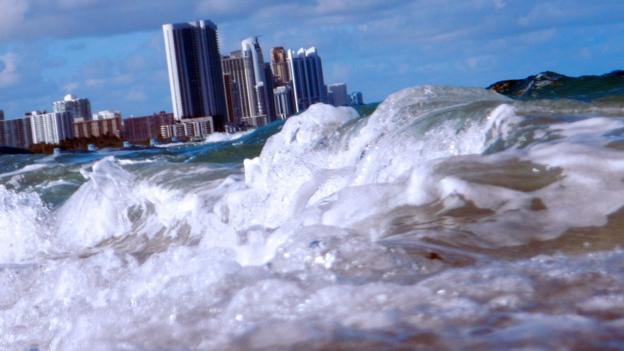



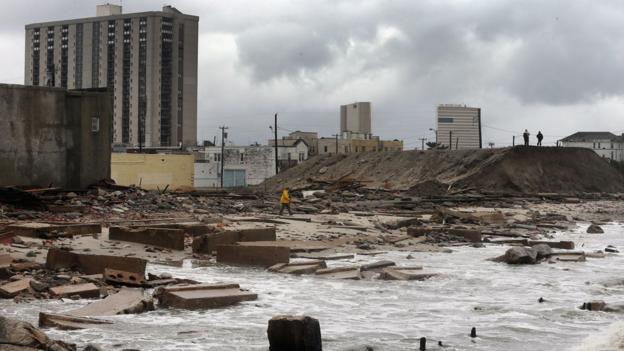
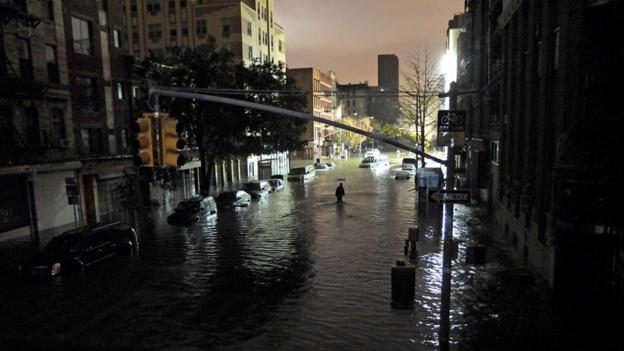
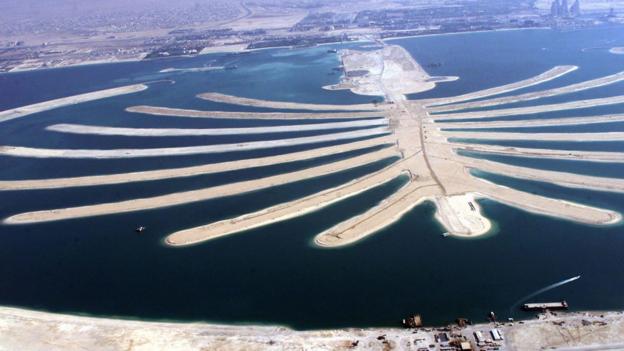

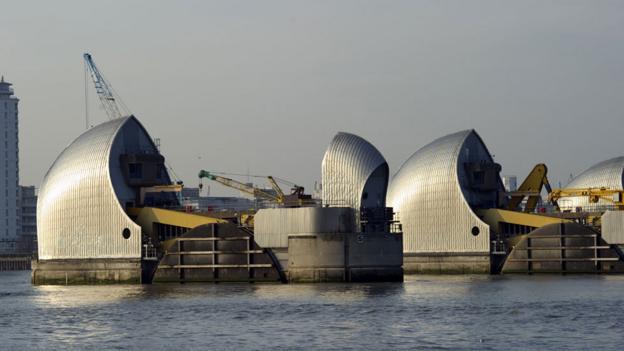
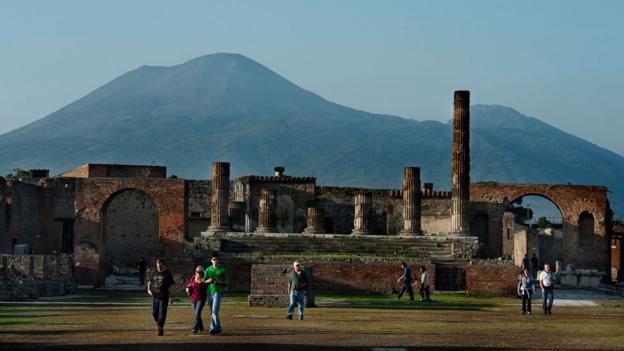





 Reply With Quote
Reply With Quote


Report: White House Considers Inviting Gaza Palestinians as...
05-01-2024, 04:27 AM in General Discussion